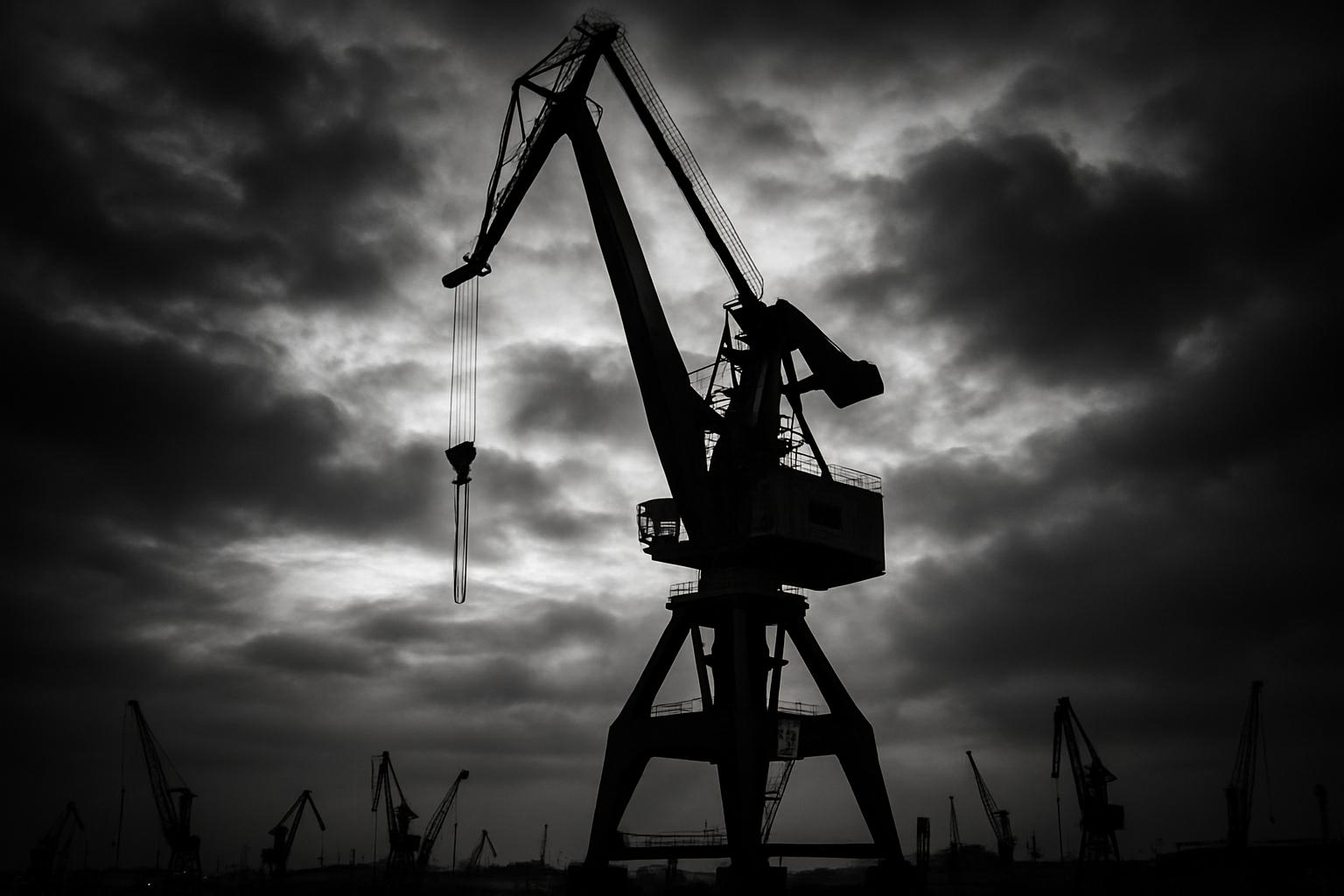Port Nelson has recently marked a significant step forward in its sustainability and infrastructure development with the commissioning of New Zealand’s first electric dual-drive mobile harbour crane. This milestone event was celebrated with the attendance of Nelson Mayor Nick Smith, Member of Parliament Rachel Boyack, representatives from the Energy Efficiency and Conservation Authority (EECA), iwi representatives, and various port stakeholders. The official switch-on of the Liebherr LHM600E crane symbolised the port’s firm commitment to reducing emissions and modernising its operations.
The Liebherr LHM600E, standing at 52.8 meters and weighing approximately 640 tonnes, is a $17 million investment aimed at transforming cargo handling efficiency while significantly cutting the port’s carbon footprint. Capable of operating in electric mode for up to 85% of the time, the crane sharply reduces emissions and noise pollution, addressing a critical source of the port's Scope 1 emissions—cranes currently account for about 22% of these emissions. The dual-drive system allows it to switch to diesel power when necessary, ensuring operational flexibility and reliability.
This ambitious project received strong government backing, with close to $875,000 in support from the Low Emission Transport Fund administered by EECA. According to Port Nelson CEO Matt McDonald, the project also generated considerable local economic benefits, injecting around $2 million into the Nelson region through labour, materials, and infrastructure upgrades. The event underscored the port’s role not only as a key economic driver but also as a leader in sustainability within the region.
Mayor Nick Smith emphasised the broader significance of the electric crane, noting that it aligns with Nelson’s reputation as a city at the forefront of green initiatives. “Our export-based economy relies heavily on an efficient port. Nelson leads in sustainability — we have the first fully electric bus service and one of the highest uptakes of electric vehicles, including New Zealand’s first electric car, which I own. It’s fitting that the port now leads with commissioning this mobile electric crane and converting an older diesel crane to electric power,” Smith said.
Port Nelson’s commitment to sustainability is part of a wider electrification and modernisation strategy. Besides this new crane, the port is retrofitting an existing diesel crane to electric power and has recently invested in several other initiatives, including opening Honomai, Marlborough’s first Inland Port, launching a new pilot vessel, and redeveloping its slipway facilities. These efforts collectively aim to enhance operational resilience, safety, and local economic benefits, while driving down environmental impact.
In addition to physical infrastructure investments, Port Nelson has placed an emphasis on operator training and technological sophistication. The port has acquired a Liebherr training simulator, based on the original Litronic® crane control system, which supports operator skill development for both general ship cranes and specific models like the LHM 550 mobile harbour crane. This simulator provides a realistic virtual environment for learning precise crane control, further boosting operational safety and efficiency.
Overall, the commissioning of New Zealand’s first electric mobile harbour crane represents a clear statement of intent from Port Nelson to lead in the transition toward low-emission technologies in the maritime sector. It signals a future-focused approach that balances economic growth with environmental stewardship, setting a benchmark for ports across the country.
📌 Reference Map:
- Paragraph 1 – [1], [4]
- Paragraph 2 – [1], [2], [3], [4]
- Paragraph 3 – [1]
- Paragraph 4 – [1]
- Paragraph 5 – [1]
- Paragraph 6 – [1], [5]
- Paragraph 7 – [6], [7]
Source: Noah Wire Services
